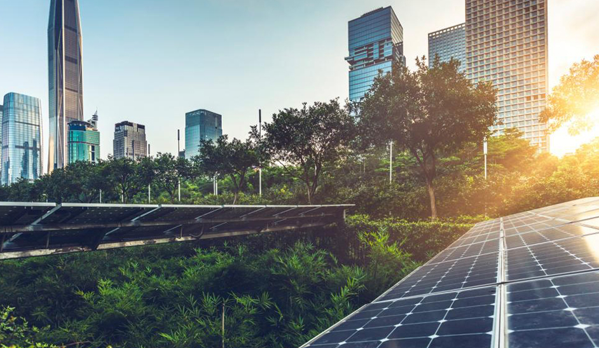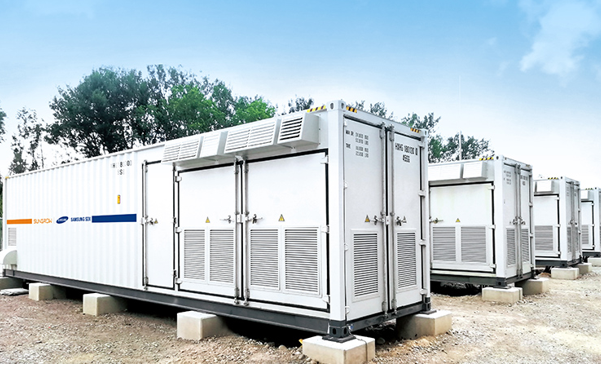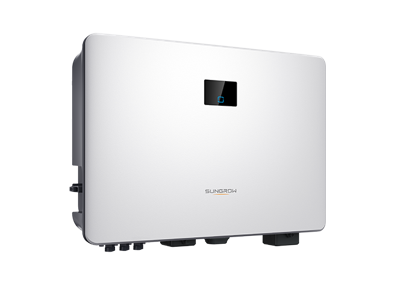Research shows that renewable energy accounted for 9% of Australian energy consumption between 2021 and 2022. This is more than double the consumption a decade ago. With constant issues like outages, high power rates, and more, it's understandable that people need a reliable energy source.
When purchasing solar power systems, consumers must note the role of solar inverters in ensuring seamless solar energy production. A solar inverter is the component that ensures the energy captured from the sun is used.
Aside from knowing this, one must understand how to troubleshoot a solar inverter. Even the best inverter will have some issues due to different user or manufacturing issues. In this guide, we will show you these issues and how to resolve them.

Common Issues and Troubleshooting
You expect a flawless performance when you invest in a Sungrow inverter. However, there are certain common problems that Australian users may encounter. Do not panic when this happens.
Here is a step-by-step troubleshooting guidance for each issue:
1. Inverter Error Codes
Your single-phase inverter will show an error code, which is a way of communicating an issue. Whatever the code you get, follow these steps to resolve:
Check the manual for a list of error codes and possible solutions, and then follow the given procedure for handling it.
Try a power cycle by turning off the inverter and then turning it back on after a few minutes.
In case you still have issues, contact customer support from the manufacturer.
2. Grid Connection Problems
Another common problem with these systems is trouble synching with the grid. Here is what to do:
Investigate the grid connection to ensure all connections between your inverter and the grid are perfect. Any loose or faulty connection can cause this problem.
Have an expert check it if you are not sure about the connections. A licensed electrician can inspect the wiring and give you the best solution.
3. Communication Issues
Communication problems with other components are another common issue. Consider the following solutions:
Recheck the communication cables, ensuring they connect properly to the inverter and other components.
Update the communication settings and ensure proper configuration using the user manual.
4. Overheating or Overloading
If you notice overheating and overloading of your inverter, consider the following solutions:
Check the ventilation in the installed area and ensure proper air circulation.
Redistribute the load across multiple circuits.
Avoid connecting high-power appliances.
5. Monitoring and Data Display Problems
Monitoring and data display problems are also common with many inverters. Consider the following solutions:
Check your monitoring system (if it's separate) and ensure it's functioning accordingly.
Check the firmware to ensure it's updated. If not, click update to get the newest version addressing bugs and improving compatibility.
Maintenance Tips for Optimal Performance
Regular maintenance is one of keeping your hybrid solar inverter in the best shape possible. Here are some tips to get you started:

l Regular Cleaning and Inspection
Clean the solar panels regularly using a soft piece of cloth and a soft detergent. Get rid of any dust, dirt, and bird droppings on the panels. Periodically inspect the wiring and connections and replace faulty components.
l Firmware Updates and Software Monitoring
It's crucial to always check the manufacturer's website for firmware updates. They ensure improved performance and fix common bugs. You can utilize a software monitoring software to track system performance and take immediate action for any small issues.
l Temperature and Ventilation Considerations
Ensure your inverter is installed in a well-ventilated area. Inverters operate well within specific temperature ranges, and proper ventilation can protect them from overheating. Use temperature monitoring to keep it under optimal conditions.
l Connection Checks
Regularly inspecting all connections, including DC and AC, for signs of wear or damage can save you a lot of money and ensure proper performance. Tighten loose connections and replace worn components.
l Protecting Against Environmental Factors
Dust, rain, and temperature extremes can easily cause system failure. Keep your inverter in a clean and well-ventilated indoor area, and it should perform well.
Low-maintenance Solar Inverter from Sungrow
One way of getting the best from your inverter is buying the best. This is why we recommend the following.
Sungrow inverters. The most outstanding feature is their low maintenance:
SG2.0RS-S: This is a high-yield, user-friendly inverter with an integrated arc fault circuit interrupter. It features a smart management system and is perfect for any off-grid solar power system.
SG3.0/5.0RS. With one click to iSolar access and an integrated arc fault circuit interrupter, this is another amazing inverter you want for your home. It comes with an online IV curve scan and diagnosis that makes it easy to monitor.
SG5.0RS-ADA/SG8.0/10RS. Here is another series for anyone who wants a low-maintenance inverter. With a one-click access to the iSolarCloud monitoring platform, remote firmware updates, and real-time data, you can rest assured it will give you good performance.

Conclusion
Sungrow has offered top-notch solar power storage systems for over 26 years. Sungrow’s strong R&D team, which makes up over 40% of its workforce, will always ensure top performance for every customer. Reach out today to get your next low-maintenance Sungrow inverter, and you are assured of a constant power supply.